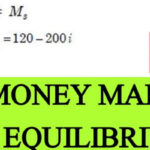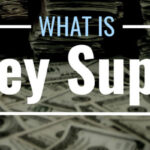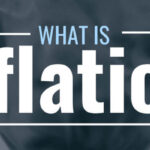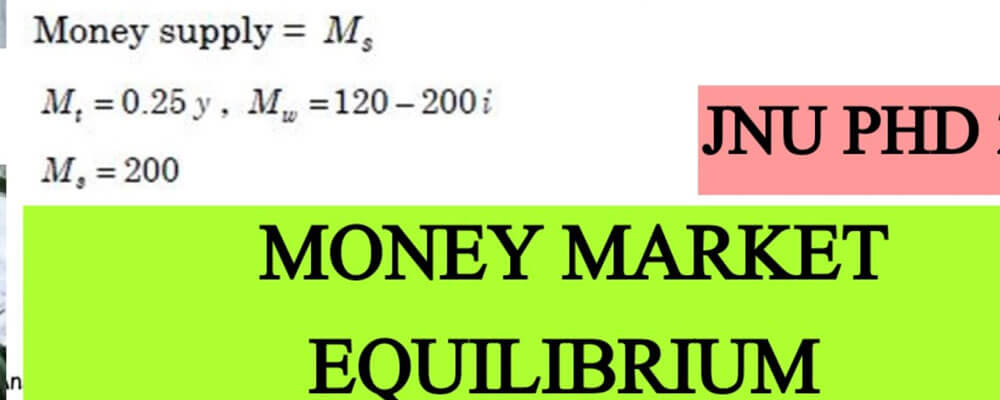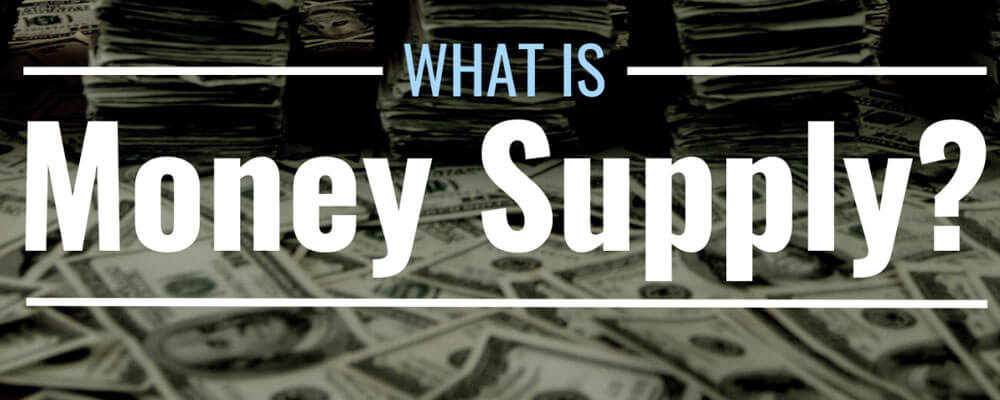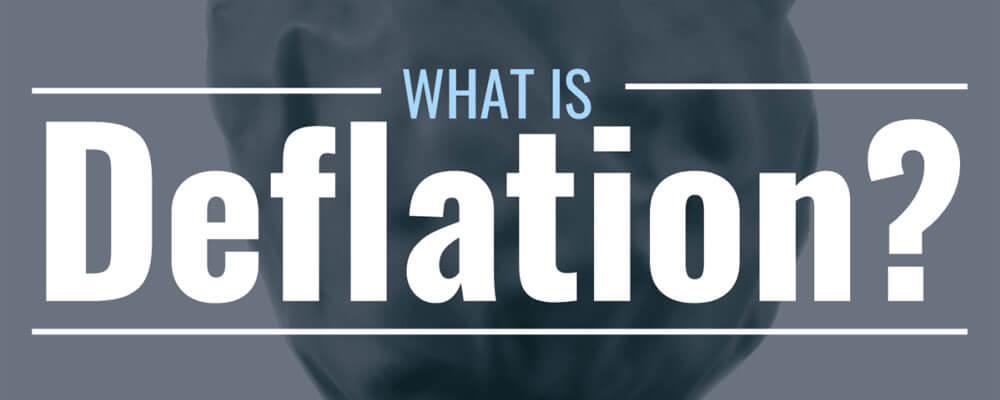The process of buying product and service from the market is known as consumer buying behavior and when consumer make different decisions in this whole process to buy any specific product or service.
This known as the buyer decision making process. There are five stages are involved in the this process which is as below.
Table of Contents
ToggleStages of Buyer Decision Making Process
- Need Recognition
- Information Search
- Evaluation of Alternatives
- Purchase decision
- Post Purchase Behavior
These stages are discussed one by one.
-
Need Recognition
Need recognition is the first step in buyer decision making process in which a need or problem is recognized by the buyer. A difference is sensed by the purchaser in this current state and some desired state.
See Also: Major Advertising Decisions
Internal stimuli can activate in case when normal needs of a person like thirst or hunger, increased to a level where they are converted into thrust.
External stimuli can also activate a need. Research should be done by the marketer in order to figure out what types of problems or needs emerged, what brought them about, and how consumers are guided by the marketers to this particular product.
By collecting this information, marketer can specify the components that mostly influence the interest in the product and can build marketing programs that contains these components.
-
Information Search
More information may or may not search by an aroused consumer. The consumer is willing to purchase near particular satisfying product when the drive of consumer is strong.
The need is store in the memory of consumer when the drive is not strong enough or the consumer does search of information about that need.
The consumer may just move in heighten attention at one level. There are several sources from which the consumer can acquire information.
These contain commercial sources, personal sources, public sources and experiential sources. The relative effect of these sources of information differs with the purchaser and the product.
In general, commercial sources that control market provide information to the consumer.
See Also: Major Retailer Marketing Decisions
However personal sources are regarded as most powerful resources. Personal sources legitimize or measure the products for the purchaser and on the other hand commercial sources just inform the purchaser.
-
Evaluation of Alternatives
The marketer should consider about measurement of alternatives which means how brand selection is made by the consumer by processing the information.
In all purchasing situations, the consumer does not use simple and single evaluation process. Instead, many measurement processes are at function.
The evaluation of purchase alternatives depends on the particular buying situation and the individual customer. The consumers utilize logical thinking and careful calculations in some cases.
A little or no evaluation is done by consumers in other cases, instead they purchase on desire and trust on intuition.
In some cases the consumers purchase the product by their own, sometime they turn on to salespeople, consumer guides or friends for purchasing advice.
Marketers must examine purchasers to figure out how the purchasers actually evaluate brand alternatives.
The decisions of purchasers are influenced by the marketers by taking useful steps when they knew what evaluative processes are going on.
-
Purchase Decision
Brands are ranked and purchase intentions are formed in the evaluation stage. The consumer generally wants to purchase the most preferred brand. But two components can arise between purchase decision and purchase intention.
Attitudes of others are the first component, while unexpected situational factors are the second component.
Purchase intention may be formed on the basis of components like expected price, expected income and expected advantages of product.
See Also: Channel Design Decisions Steps in Marketing
However purchase intention may be changed by the unexpected events. Thus, preference and even buy intention do not permanently consequence into real buy selection.
-
Post Purchase Behavior
When the product is purchased, the job of marketer is not finished. The consumer will either satisfy or dissatisfied after purchasing the product. The consumer then shows post purchase behavior which will be interesting for the marketer.
What finds whether the consumer is dissatisfied or satisfied by the purchased product? The answer to this question is embedded in the linkage between the product perceived performance and consumer expectations.
The consumer will become dissatisfied when the product falls short of the expectations. Similarly the customer will become satisfied when the performance is meeting with the expectations.
And in case of exceeding of performance against expectations, the consumer is delighted. Therefore the consumer satisfaction will be evaluated by the business organization on regular basis.
Business Studies Notes is a one place stop for all the business students who are looking for business studies class 12 notes, business studies class 11 chapter 4 notes, graduation and master.


